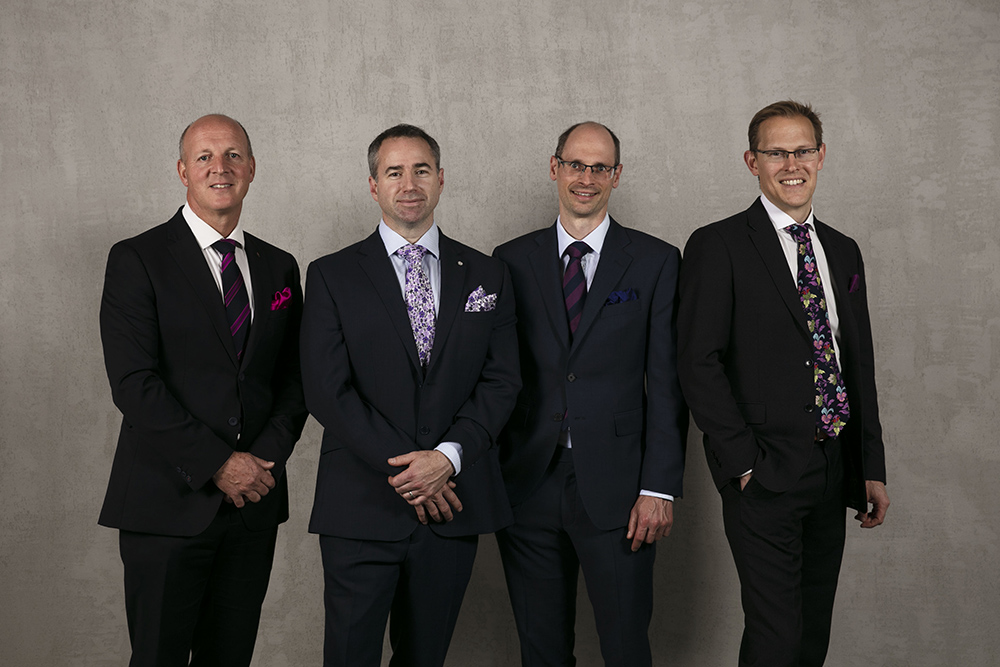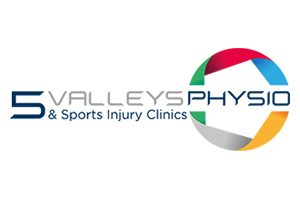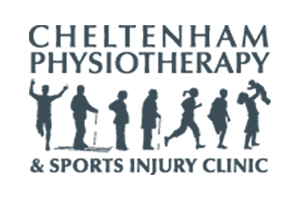ARTHRITIS OF THE KNEE
Osteoarthritis of the knee is often referred to as “wear and tear” arthritis and affects the cartilage that covers the ends of the bones and would normally allow smooth pain free movement. Osteoarthritis is thought to affect more than 8.5 million people living in the UK and is the most common reason for joint replacement surgery.
In practice knee arthritis is not just the cartilage “wearing out” and there are a number of changes that occur within the cells of the cartilage and it’s composition that lead to the joint surface becoming damaged. There are a number of causes for developing osteoarthritis that include a genetic predisposition, previous injuries to the joint, previous surgery, an infection in the joint, and certain occupations to name but a few.
TREATMENT OF KNEE ARTHRITIS
The treatment of knee arthritis is multi-modal and includes :
Simple pain relief and anti-inflammatories for mild to moderate arthritis can often get people through the early stages and prolong the time before resorting to more invasive treatments.
Weight loss can significantly improve the symptoms for patients with BMI >25. Interestingly 7 times body weight is transmitted through the kneecap joint when performing a squat or going up stairs, whilst 3 times bodyweight is transmitted through the main knee joint (tibiofemoral joint) during normal walking. This results in a dramatic decrease in forces passing through the joint with relatively modest weight loss and with this, symptoms of pain and stiffness can improve.
Topical Capsaicin cream is currently recommended in NICE guidance for knee arthritis and can sometimes be effective enough to avoid resorting to surgery. Capsaicin is a chemical derived from chilli’s and causes a burning sensation that helps to modulate pain signals coming from knee arthritis.
Steroid injections to the knee may provide relief of symptoms. This may be transient, but can be performed on multiple occasions and may be all that is necessary to maintain acceptable symptom control.
Knee Braces can sometimes be used to “offload” a worn area of the knee and protect it from the forces of bodyweight if only one part of the knee has arthritis (usually the inside or medial compartment of the knee). In selected cases these can sometimes offer a number of years relief prior to resorting to more invasive treatments such as surgery.
SURGERY FOR KNEE ARTHRITIS
For those patients who have explored the non-surgical measures for managing their knee arthritis and are still troubled by significant pain and stiffness,surgery often becomes necessary. A suite of surgical options for knee arthritis exist and our team will be able to talk you through these and why a certain option may be more appropriate for your knee. These include High Tibial Osteotomy (breaking and resetting the bones), Partial Knee Replacement Surgeryand Total Knee Replacement.











